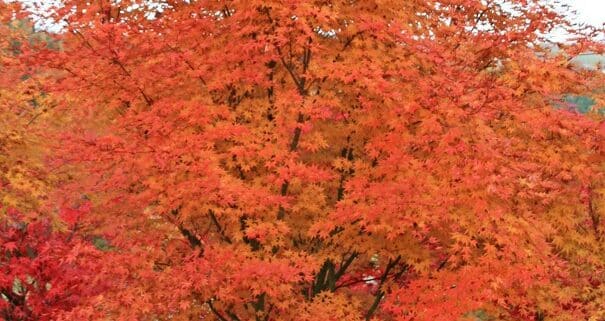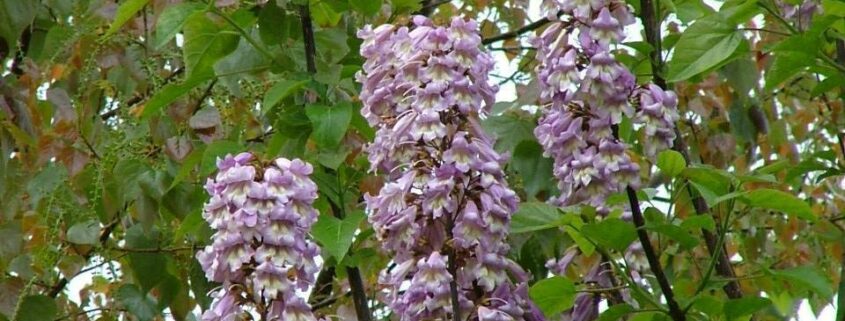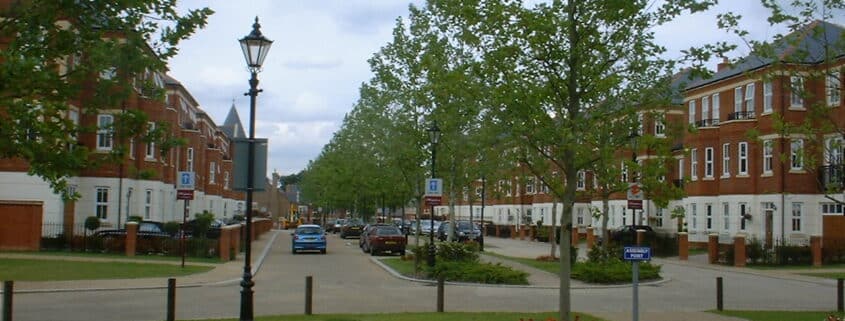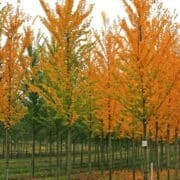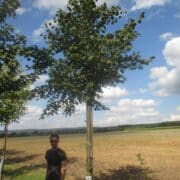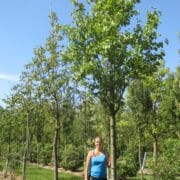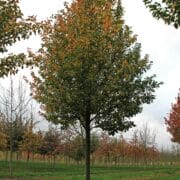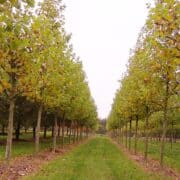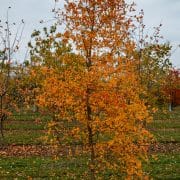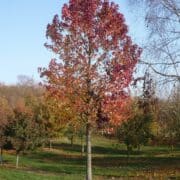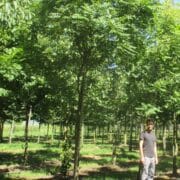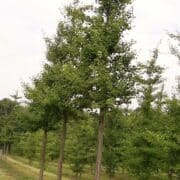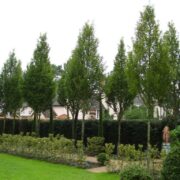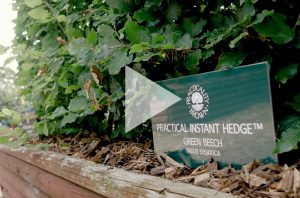The Best Trees for Beautiful Autumn Colours
The Best Autumn Trees are great for gardens, creating structure and seasonal interest, with the following trees offering beautiful autumnal colour. Position such trees well and they will make an ideal focal point, that they can be enjoyed now and for future generations.
We have a range of quality trees for suitable as specimens, screening or for small gardens; just ask our horticultural experts.
Here is a selection of our top trees for colourful displays in your autumn garden. When choosing a tree, consider the space you have available, planting a selection of trees, if space allows, can provide rich contrast and seasonal interest.
Trees offering great autumn colours
- Acer palmatum (Japanese Maple)
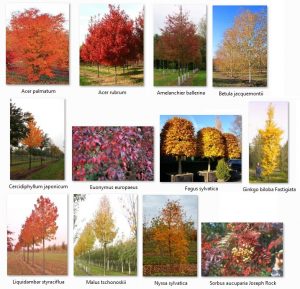
- Acer rubrum (Red Maple)
- Amelanchier Ballerina (Serviceberry Ballerina)
- Betula utilis jacquemontii (West Himalayan Birch)
- Cercidiphyllum japonicum (Katsura Tree)
- Euonymus europaeus (Spindle)
- Fagus sylvatica (Common beech)
- Ginkgo biloba (Maidenhair tree)
- Liquidambar styraciflua (Sweet Gum)
- Malus tschonoskii (Chonosuki crab)
- Nyssa sylvatica (Tupelo/Black Gum)
- Sorbus aucuparia Joseph Rock (Rowan Joseph Rock)
Acer palmatum (Japanese Maple)
Japanese Maples are prized for their gorgeous foliage, deeply lobed leaves, which emerge a vivid green and turn to shades of red, orange and yellow in autumn. Acer palmatum is an excellent choice for smaller gardens, as it grows to around 5m.
Acer rubrum (Red Maple)
These Red Maple trees are renowned for their spectacular scarlet autumn hues which emerge a pale yellow in spring gradually darkening to dark green in summer, turning bright red in autumn. The winter twigs have a red hue, as do its tiny spring flowers, providing additional interest.
Amelanchier Ballerina (Serviceberry Ballerina)
This tough, hardy small tree has masses of spring flowers. The bright green leaves turn brilliant red in the autumn, emerging in conjunction with rounded fruits which are initially red in summer before turning black in the autumn. Also known as June Berry or Serviceberry Ballerina
Betula utilis jacquemontii (West Himalayan Birch)
The bright white bark of this elegant himalayan birch tree peels each year, revealing the next layer of perfectly accentuated by lenticels lines. Its delicate, dark green foliage turn golden yellow in autumn.
Cercidiphyllum japonicum (Katsura Tree)
This tree has pretty foliage that emerges bronze in spring before turning light green in the Summer. Autumn brings brilliant displays of orange yellow and red, accompanied by the smell of burnt sugar and candy floss which drifts gently in the breeze.
Euonymus europaeus (Spindle)
A small spreading tree, the Spindle has small yellow flowers, followed in autumn by 4-lobed red fruits which split to reveal orange seeds. The narrow leaves are dark green in summer turning yellow-green to reddish-purple in autumn.
Fagus sylvatica (Beech)
Beech tree’s small leaves are a fresh green when they emerge and become a stunning orange-copper and gold in autumn, which often hang on the tree throughout winter.
Ginkgo biloba (Maidenhair tree ‘Autumn Gold’)
The Maidenhair Tree has bright green fan-shaped leaves. In autumn time, these wonderfully shaped leaves turn a clear and bright yellow and work well planted in contrast with other species that will give red autumn colour.
Liquidambar styraciflua (Sweet Gum)
Liquidambar produces large, 5-7 lobed, star-shaped leaves which emerge bright green in the spring then changing to fabulous red, purple and gold colours throughout the autumn; Liquidambar is one of the very best trees for autumn colour and one of the last deciduous trees to drop its leaves.
Malus tschonoskii (Chonosuki crab)
In the spring the young leaves of this tree emerge almost white. They have many spectacular shades in Autumn, from purple and copper through orange to yellow. The winter buds are a remarkable brownish-red colour and glossy.
Nyssa sylvatica (Tupelo)
The Tupelo or black gum is a wonderful tree for autumn foliage with its green summer leaves turning fiery red/ and orange in autumn.
Sorbus aucuparia Joseph Rock (Rowan Joseph Rock)
This Mountain Ash has small, narrow dark green leaves that turn a flame red in the autumn time. The creamy white flowers hang in clusters, appearing around May-June. These are followed by interestingly creamy yellow berries, whose colour contrasts fantastically with the bright red autumn colour.

